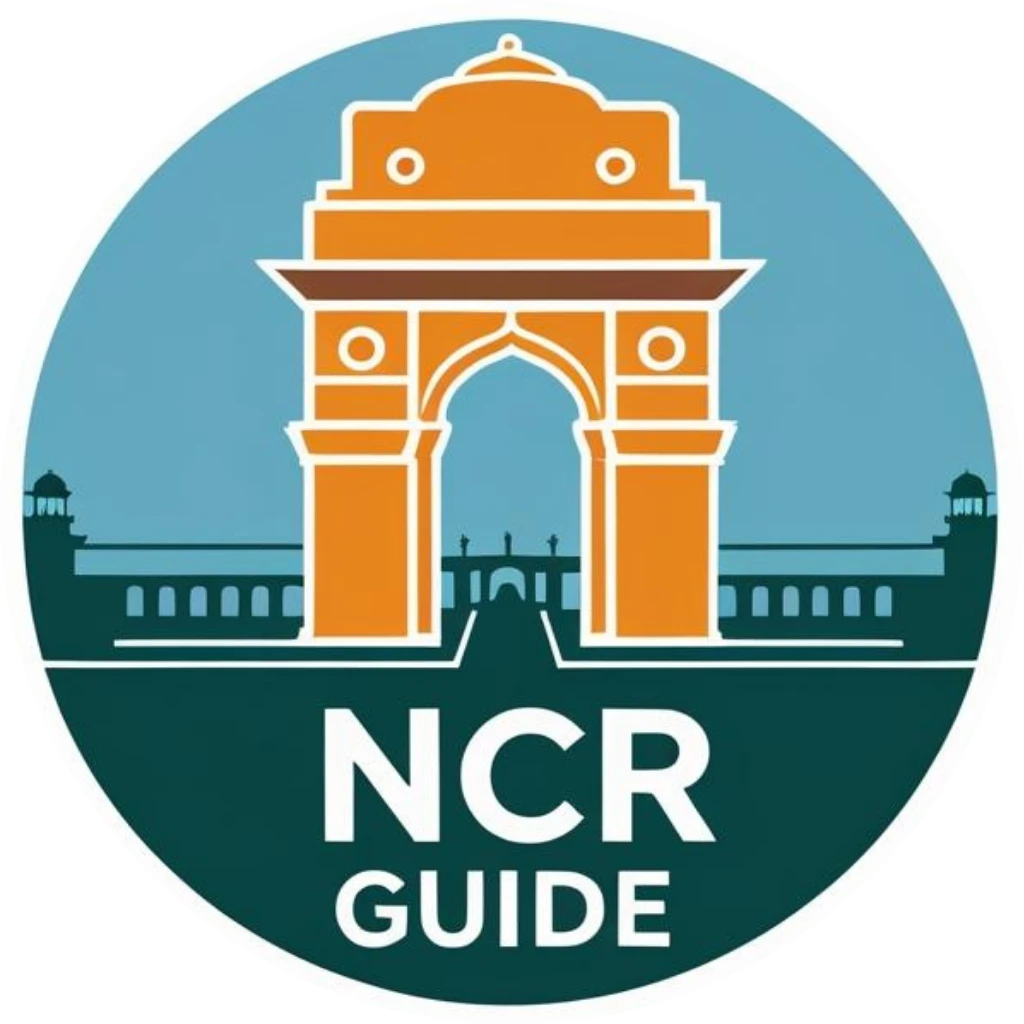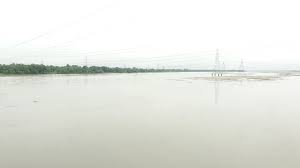The Delhi High Court has issued a stern directive to all concerned agencies to stop the unchecked release of untreated wastewater into the Yamuna River, one of the most polluted rivers in the country. Citing decades of inaction and ineffective enforcement, the court has now sought immediate compliance with pollution control norms — a move long demanded by environmentalists, residents, and civic society.
Agencies Under Fire: Your Role Is to Implement, Not Just Recommend
On Wednesday, the division bench comprising Acting Chief Justice Manmohan and Justice Tushar Rao Gedela minced no words. Referring to the Central Pollution Control Board (CPCB), the National Mission for Clean Ganga (NMCG), the Delhi Jal Board (DJB), and multiple municipal bodies, the court asked:
“If untreated sewage continues to be discharged into the Yamuna despite court orders, why shouldn’t action be taken against the agencies responsible?”
The bench further clarified that this issue had become a matter of “wilful non-compliance”. The court emphasized that monitoring bodies must go beyond data collection and enforcement notices — they must “own the outcome” of their responsibilities.
A Longstanding Problem with a Murky Trail of Accountability
Despite court-monitored plans since as early as 1994, untreated sewage continues to be a major contributor to Yamuna’s toxic state. According to a 2024 CPCB report:
- Nearly 2,600 million litres per day (MLD) of sewage is generated in Delhi.
- More than 700 MLD continues to flow untreated into the Yamuna daily.
- Of the 35 sewage treatment plants (STPs) under DJB, only 22 meet the prescribed discharge standards.
Experts point out that the absence of real-time monitoring, lack of coordination between civic agencies, and poor maintenance of STPs are at the root of the crisis.
“This Is Environmental Negligence in Broad Daylight” — Experts React
Environmental law expert Dr. Richa Jaiswal, who has been tracking river pollution litigation since 2010, says:
“The court’s observations are not just legal; they reflect public anger. This is environmental negligence in broad daylight. Agencies cannot continue hiding behind jurisdictional loopholes.”
Similarly, Anil Sinha, a retired CPCB official and Yamuna activist, added:
“The public has heard promises of a clean Yamuna since the Commonwealth Games. It’s time we hold officials accountable, not just on paper but by law.”
Affecting Lives on the Ground: Residents, Farmers and Religious Communities Speak Out
For thousands of people living along the Yamuna — from Delhi’s Wazirabad to downstream Okhla — the pollution is not an abstract issue.
Sunil Sharma, a small-time farmer in Ghonda, says:
“We use the water to irrigate spinach, okra, and mustard. But in the last few years, the water has become black, smelly, and kills crops. I’ve had to drill borewells, which costs me ₹70,000 a year.”
Likewise, volunteers from Yamuna Aarti Sewa Samiti, who conduct regular pujas and cleanup drives at Kalindi Kunj, shared:
“Our rituals feel empty when the river is choking. We used to bathe before prayer. Now, we bring bottled water for rituals.”
Will This Order Finally Shift the Needle?
The Delhi HC has directed DJB to file a status report on all STPs in the city — including actual discharge data, compliance certificates, and future timelines — by the end of August. The court also warned that agencies could be summoned for personal accountability if untreated discharge continues.
This comes after multiple failures of the Yamuna Action Plan, a central government initiative that has burned through over ₹1,800 crore since the 1990s with little visible improvement.
What Happens Next? Monitoring and Citizen Engagement Key
The court has asked the CPCB and NMCG to create public-facing dashboards with real-time STP compliance metrics — a move that could empower citizens and media to monitor progress.
Environmental activists are calling for:
- Third-party auditing of STP performance
- Citizen environmental reporting mechanisms
- Immediate penalties for defaulting civic bodies
According to Meera Singh, a water conservation researcher at Delhi University:
“This can only succeed if citizens are involved. Just having agencies monitor each other has failed for decades. Transparency is the game-changer.”
From Black River to Blue: Can Yamuna Still Be Revived?
Despite years of degradation, hydrologists believe that Yamuna’s ecosystem is not beyond repair — provided industrial, domestic, and agricultural waste discharges are scientifically treated and consistently monitored.
While Delhi’s population has grown explosively, experts say that better waste segregation, tighter compliance enforcement, and scalable STP upgrades could yield results within 3–5 years.
FAQs
Why is untreated water still being released into the Yamuna despite earlier court orders?
Untreated water continues to be released primarily due to poor enforcement, malfunctioning or underperforming sewage treatment plants (STPs), lack of inter-agency coordination, and insufficient monitoring mechanisms. Several agencies pass the responsibility among themselves, creating gaps in accountability.
Which agencies are responsible for preventing pollution in the Yamuna?
Key responsible agencies include the Delhi Jal Board (DJB), Central Pollution Control Board (CPCB), National Mission for Clean Ganga (NMCG), and municipal bodies like the MCD and NDMC. The Delhi High Court has now made it clear that these agencies must ensure compliance or face legal consequences.
How much sewage is released untreated into the Yamuna every day?
As of 2024 estimates, over 700 million litres per day (MLD) of sewage flows untreated into the Yamuna, mostly from residential and commercial areas. This is a major contributor to the river’s toxic state, especially within Delhi’s 22 km stretch.
What is the Delhi High Court demanding now that’s different from earlier rulings?
The court has shifted tone from recommendations to direct accountability. Agencies are being asked to explain non-compliance, submit real-time data, and may face individual or institutional action if untreated discharge continues.
How do these pollutants impact public health and the environment?
Contaminated Yamuna water affects thousands of farmers who use it for irrigation, pollutes Delhi’s groundwater, increases waterborne diseases, and severely damages the river’s ecosystem — especially during low-flow months when dilution is minimal.
Can the Yamuna still be cleaned and revived?
Yes. Experts believe the river can recover within 3–5 years with strict STP compliance, upgraded waste infrastructure, citizen participation, and continuous monitoring. The success of similar efforts in other countries proves that urban rivers can be rejuvenated if pollution is strictly curtailed.
What role can citizens play in cleaning the Yamuna?
Citizens can report visible illegal discharges, participate in local cleanup drives, push RWAs to manage waste better, and demand transparency from agencies via RTIs and civic platforms. Public pressure can help enforce accountability faster than internal bureaucratic processes.
What is the Yamuna Action Plan and why has it failed so far?
The Yamuna Action Plan (YAP) is a long-running central government initiative launched in 1993 to reduce pollution in the river. Despite ₹1,800 crore+ in funding, YAP has seen limited success due to poor project execution, lack of coordination, outdated STPs, and weak follow-up.

